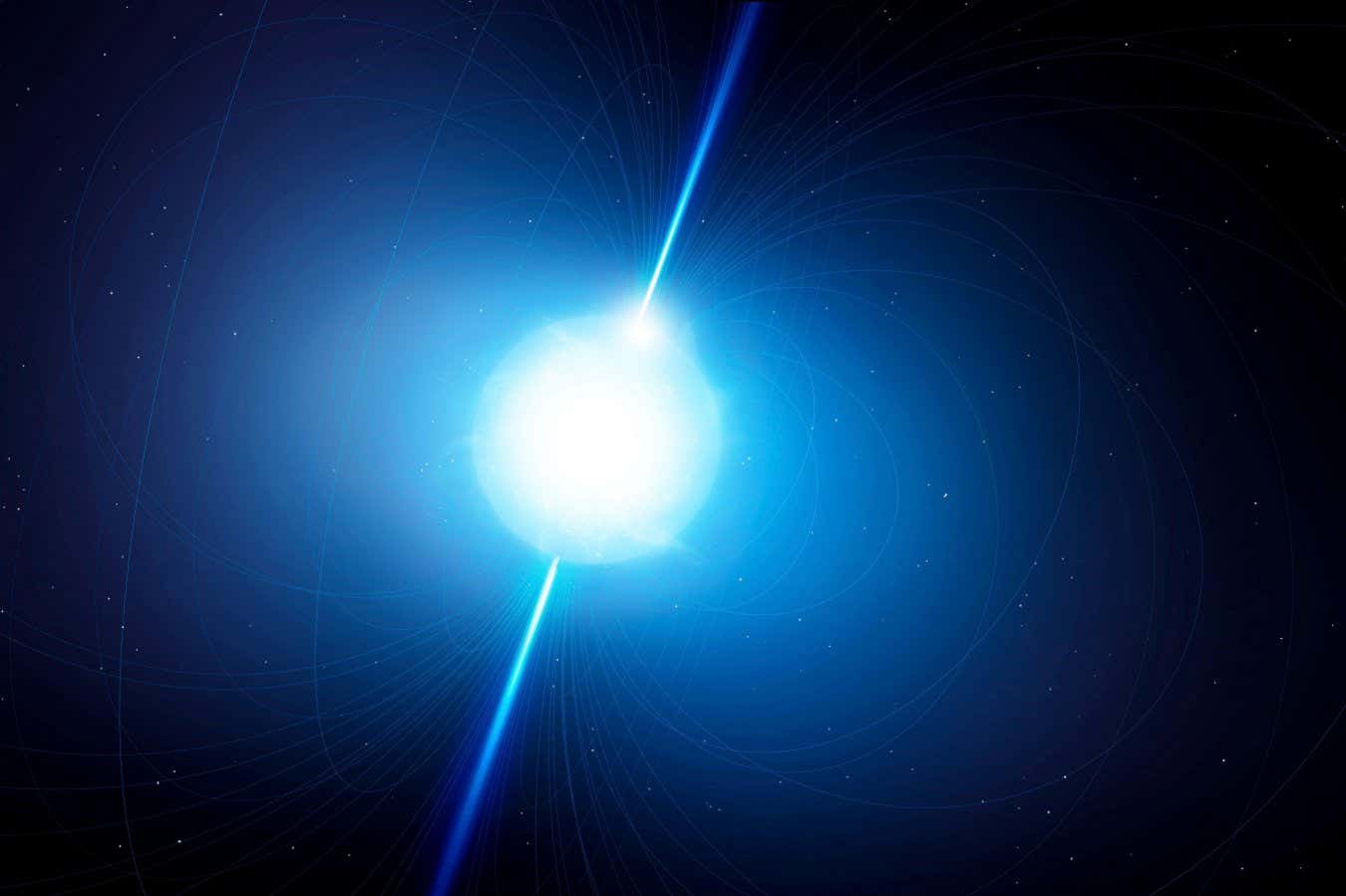Now Reading: Scientists Achieve Record-Breaking Speed in Single Electron Detection
1
-
01
Scientists Achieve Record-Breaking Speed in Single Electron Detection
Scientists Achieve Record-Breaking Speed in Single Electron Detection

rapid summary
- Scientists at the National Physical Laboratory (NPL) in the UK have developed a highly precise method to detect single electrons with trillionths-of-a-second resolution.
- The experiment injected two electrons into a gallium arsenide semiconductor, tracking their interaction when they deflected each other’s paths using electric forces. detection occurred within 6 trillionths of a second, far faster than previous methods.
- Researchers believe this advancement could help design next-generation quantum electronic devices that operate efficiently using individual electrons rather than groups of them.
- The detection technology may serve as a key building block for applications like quantum computing and communication while enabling smaller and more easily integrated devices onto chips.
- The revelation also has potential implications for improving standards of electrical current measurement via “electron pumps.”
Image Caption: Quickly detecting a lone electron is challenging (campaign=RSS%7CNSNS&utmsource=NSNS&utmmedium=RSS&utm_content=home”>New Scientist
Stay Informed With the Latest & Most Important News
Previous Post
Next Post
Loading Next Post...


























